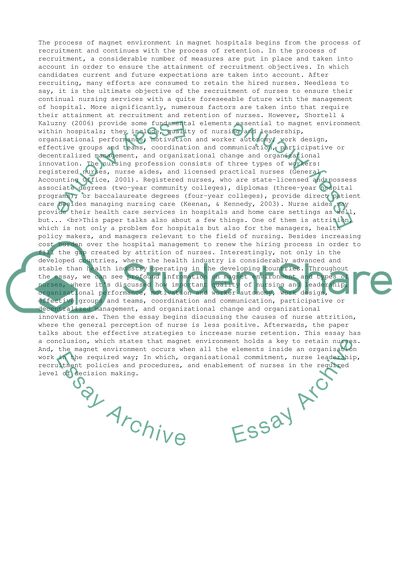Cite this document
(“Implementating magnet environment in Riyadh Military Hospital ICU unit Essay”, n.d.)
Retrieved from https://studentshare.org/management/1429276-implementating-magnet-environment-in-riyadh-military-hospital-icu-unit
Retrieved from https://studentshare.org/management/1429276-implementating-magnet-environment-in-riyadh-military-hospital-icu-unit
(Implementating Magnet Environment in Riyadh Military Hospital ICU Unit Essay)
https://studentshare.org/management/1429276-implementating-magnet-environment-in-riyadh-military-hospital-icu-unit.
https://studentshare.org/management/1429276-implementating-magnet-environment-in-riyadh-military-hospital-icu-unit.
“Implementating Magnet Environment in Riyadh Military Hospital ICU Unit Essay”, n.d. https://studentshare.org/management/1429276-implementating-magnet-environment-in-riyadh-military-hospital-icu-unit.


